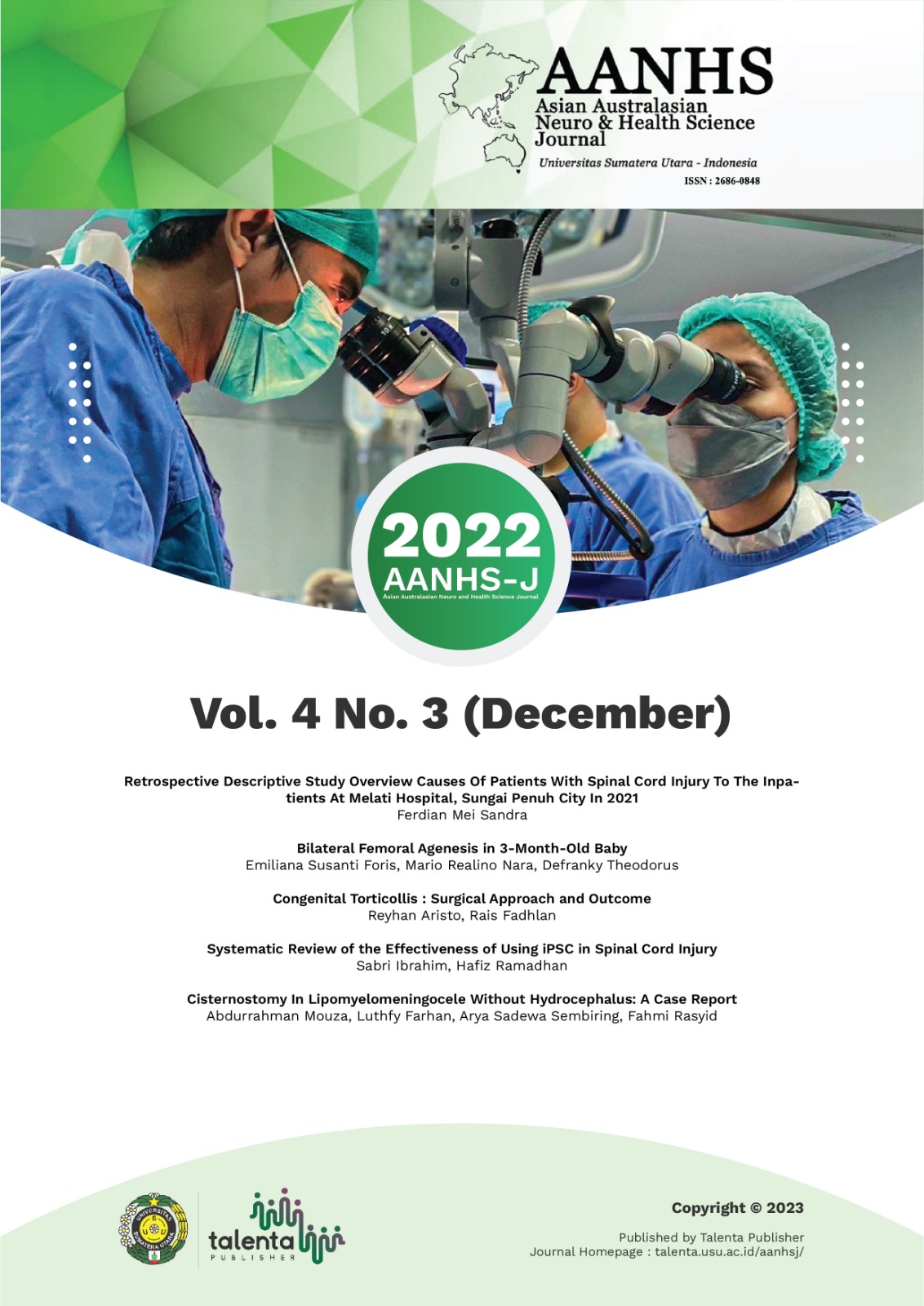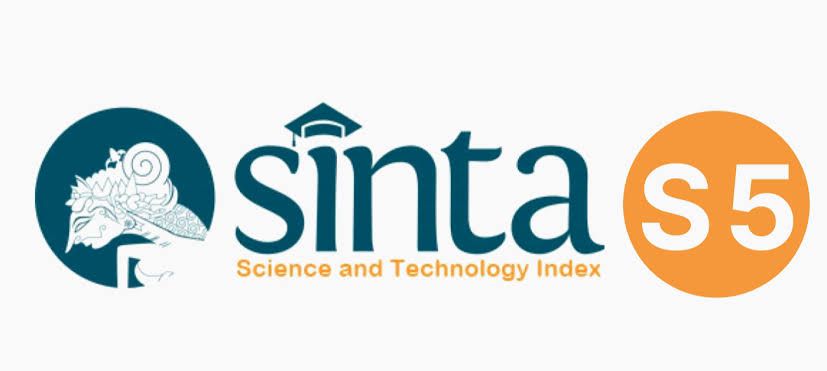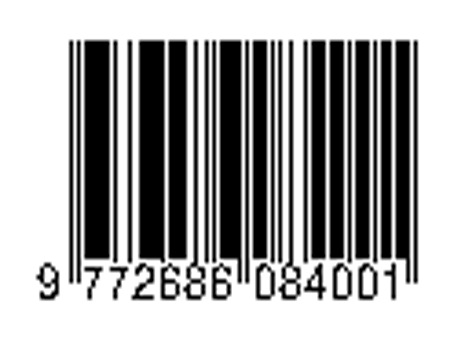Bilateral Femoral Agenesis in 3-Month-Old Baby
: A Case Report
DOI:
https://doi.org/10.32734/aanhsj.v4i3.9648Keywords:
no notesAbstract
Background
Bilateral congenital femoral agenesis is a rare congenital anomaly. To the best of our knowledge, only three cases of simple congenital anomaly, three cases associated with femoral facial syndrome, have been reported. We describe a simple form of bilateral femoral agenesis observed in 3-month-old female baby without femoral facial syndrome and non-diabetic mother.
Objective
We report this case because it is a rare case and needs proper evaluation and management. The majority of cases, however, are sporadic, and therefore, the parents may be reassured that the risk of further offspring being affected is negligible.
Case
A 3-month-old female baby present with a complaint of short stature. The baby was born full term spontaneous labor, 2570 gram vigorous and started to cry immediately after birth. The mother has no history of diabetes, cigarette smoking, and exposure teratogens. The parents were not related by blood. X-ray examination showed bilateral agenesis of femur, normal tibia and fibula, proximal of cruris in lateral of acetabula.
Conclusion
Bilateral congenital femoral agenesis is a rare congenital anomaly. Although commonly associated with maternal diabetes mellitus, most cases have no known cause.
Keywords: femoral agenesis, congenital deformity
Downloads
Downloads
Published
How to Cite
Issue
Section
License
Copyright (c) 2022 Asian Australasian Neuro and Health Science Journal (AANHS-J)

This work is licensed under a Creative Commons Attribution-NonCommercial-ShareAlike 4.0 International License.
The Authors submitting a manuscript do understand that if the manuscript was accepted for publication, the copyright of the article shall be assigned to AANHS Journal.
The copyright encompasses exclusive rights to reproduce and deliver the article in all forms and media. The reproduction of any part of this journal, its storage in databases and its transmission by any form or media will be allowed only with a written permission from Asian Australasian Neuro and Health Science Journal (AANHSJ).
The Copyright Transfer Form can be downloaded here.
The Copyright form should be signed originally and sent to the Editorial Office in the form of original mail or scanned document.














